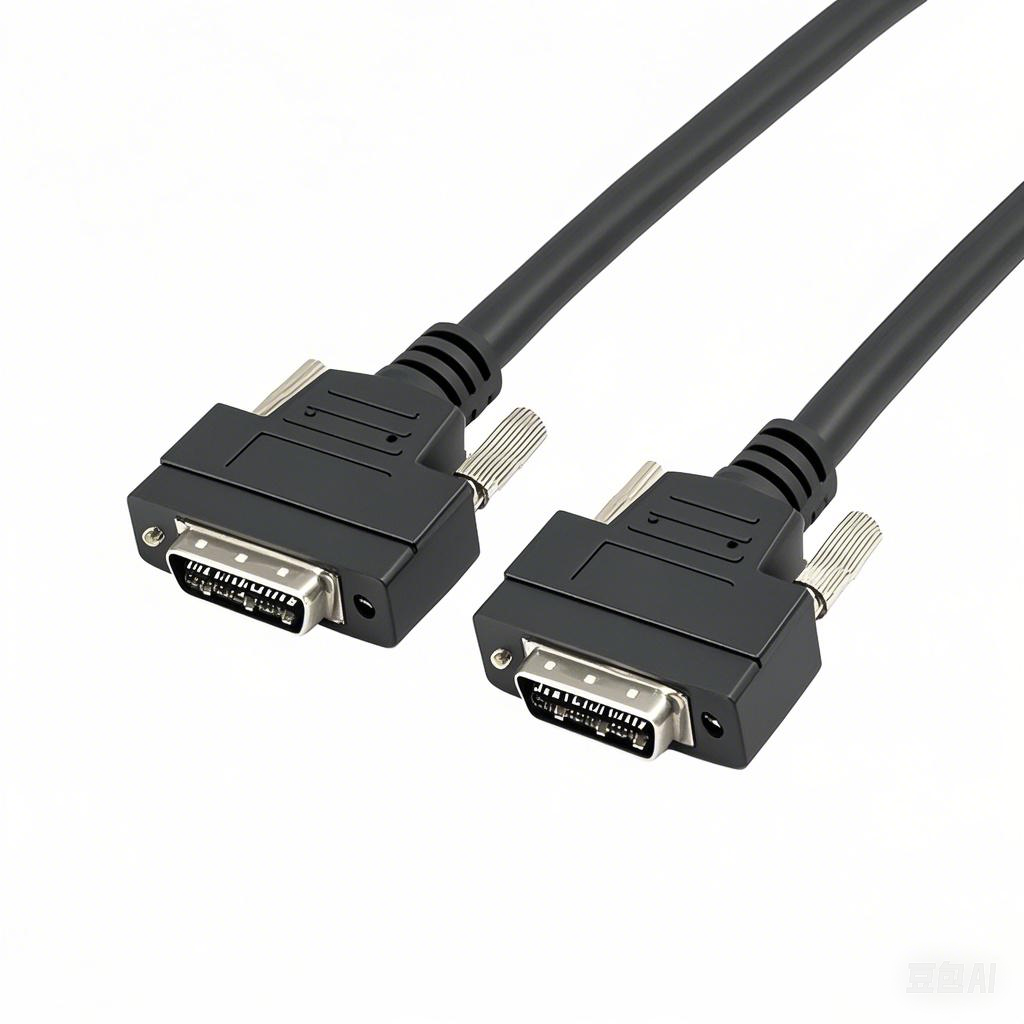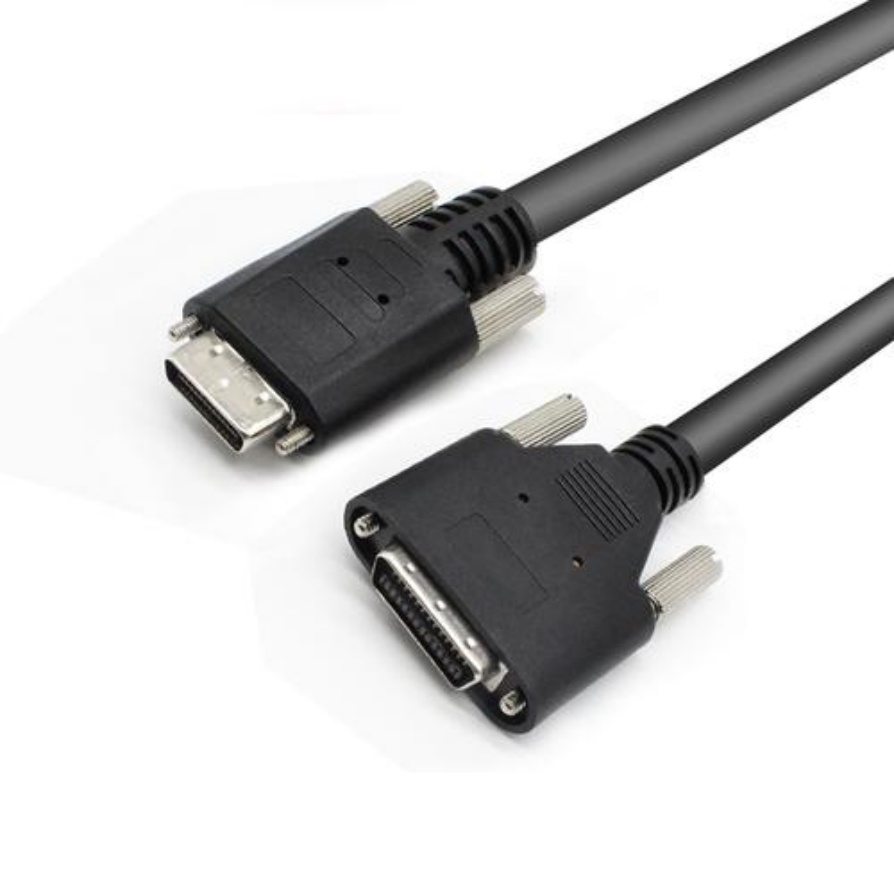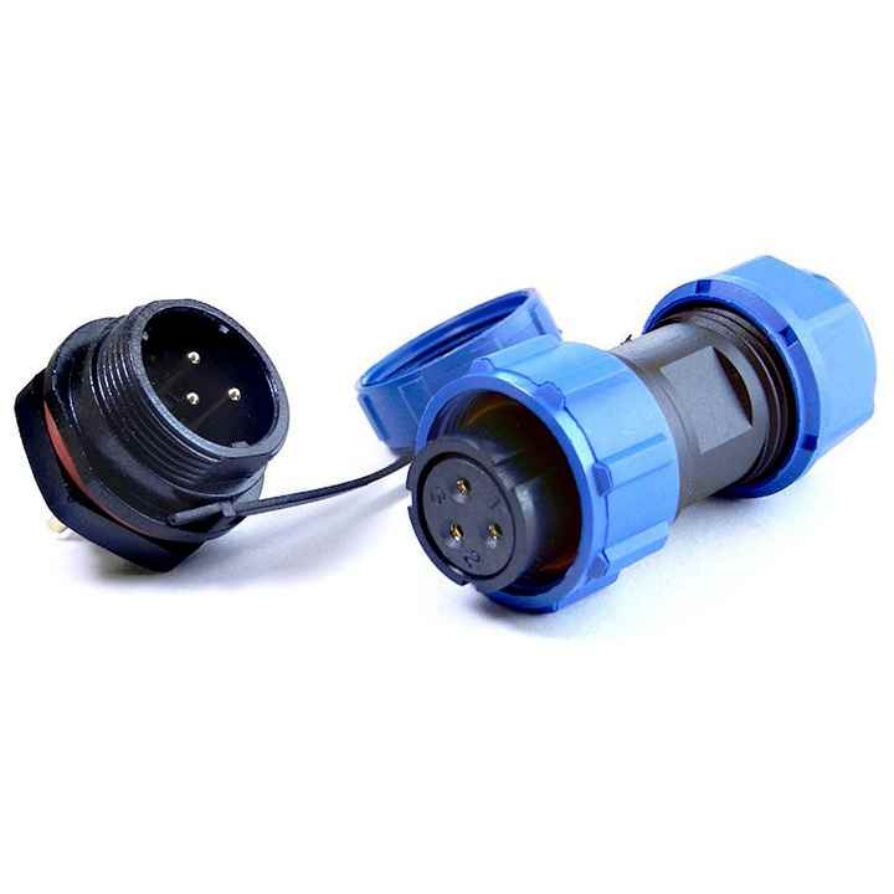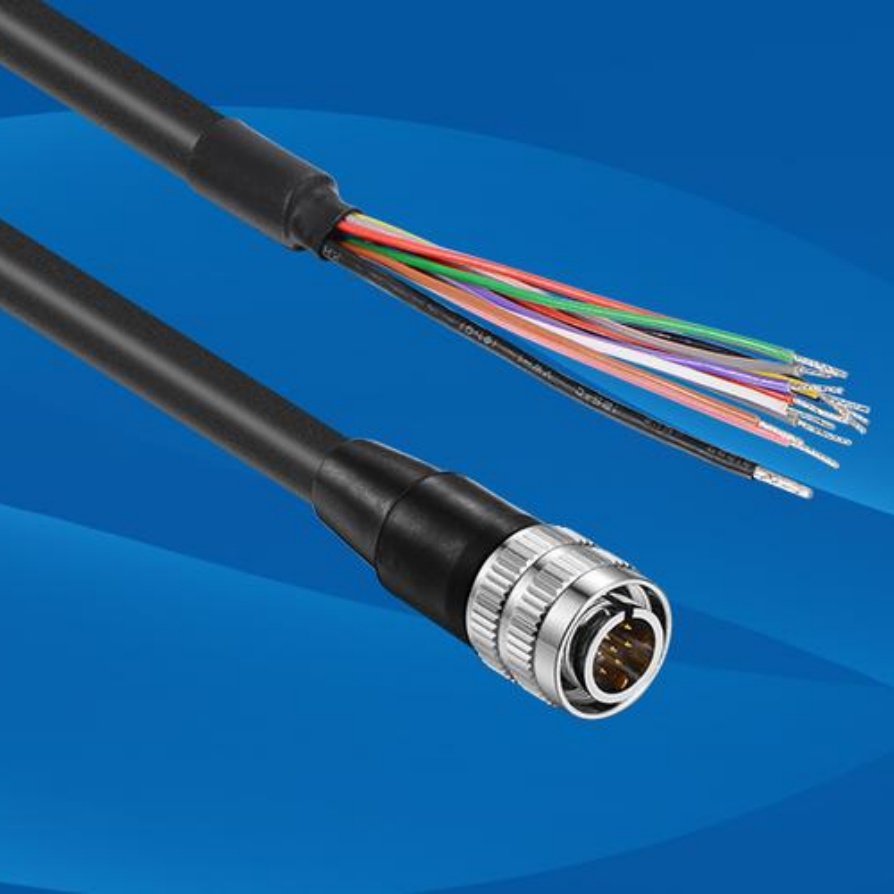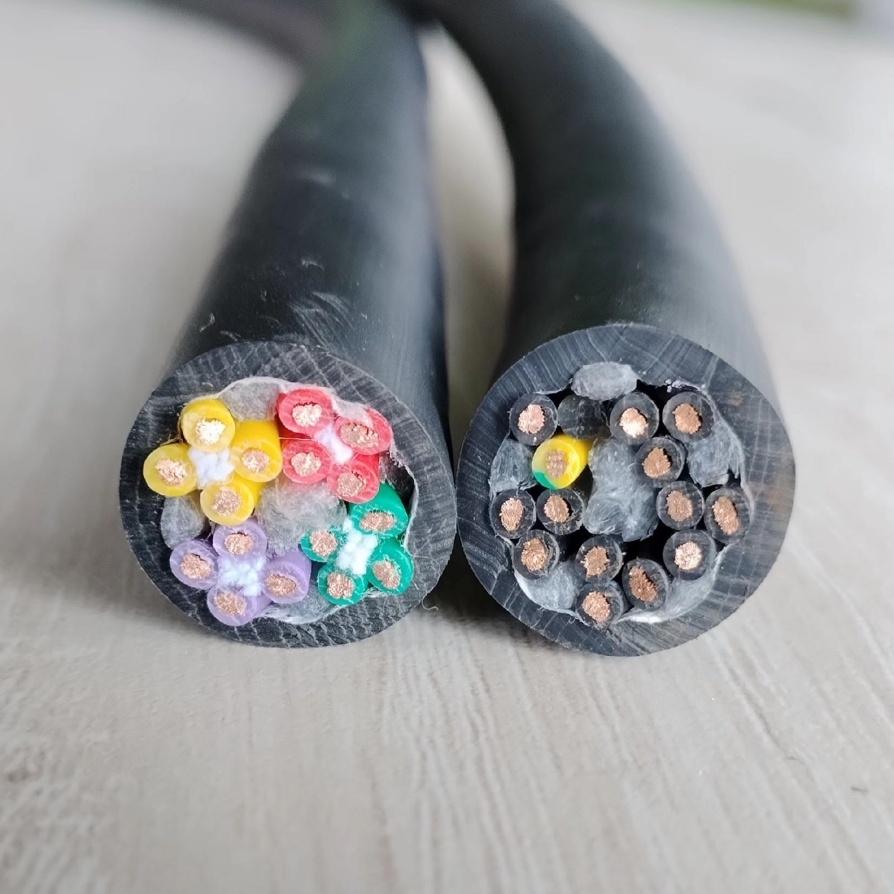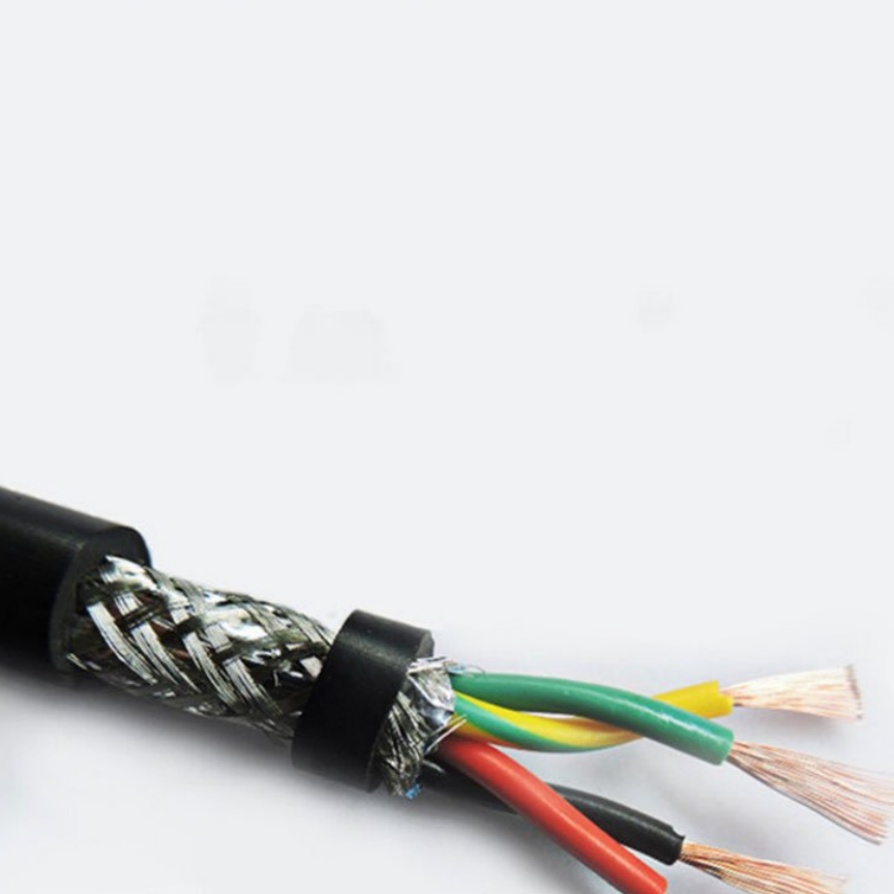The ROI of Upgrading to Premium Machine Vision Cables
In the high-stakes world of industrial automation, machine vision systems are the backbone of quality control, precision assembly, and real-time decision-making. Yet, many facilities still rely on generic or outdated cables, unaware of the hidden costs of cable-related failures. Upgrading to premium machine vision cables—engineered for speed, durability, and reliability—delivers measurable returns by slashing downtime, improving throughput, and extending system lifespans. This article breaks down the financial and operational benefits of investing in high-performance cables, supported by real-world data and ROI calculations.
The Hidden Costs of Cheap Cables
Low-cost cables may seem economical upfront, but they often incur steep long-term expenses:
Downtime: A single cable failure can halt production lines, costing
10
,
000
–
10,000–50,000 per hour in automotive or electronics manufacturing.
Rework: Signal noise or latency from subpar cables leads to false rejects, requiring manual inspections.
Maintenance: Frequent replacements and troubleshooting consume labor hours.
Safety Risks: Overheating or arcing in degraded cables poses fire hazards.
Example: A consumer electronics factory using generic USB 3.0 cables reported 12 hours of monthly downtime due to camera disconnections, costing $180,000 annually.
How Premium Cables Drive ROI
1. Eliminating Downtime with Robust Designs
Premium cables are built to withstand industrial rigors:
Shielding: Double-layer foil and braid shields block 90% of EMI/RFI interference, critical for high-speed GigE Vision or CoaXPress links.
Materials: Abrasion-resistant PUR jackets and gold-plated connectors survive 10M+ flex cycles in robotic arms.
Temperature Tolerance: Silicone-jacketed cables operate in -40°C to 200°C ranges, ideal for foundries or cold storage.
Case Study: An automotive OEM replaced standard Ethernet cables with Igus Chainflex CF900 in welding robots, reducing unplanned downtime from 8 hours/month to near zero. ROI: $480,000 annual savings.
2. Accelerating Throughput with High-Speed Cables
High-bandwidth cables unlock the full potential of modern vision systems:
25G+ CoaXPress: Enables 12MP cameras to run at 120 fps for defect detection in high-speed bottling lines.
Fiber Optics: Lossless 100G data transfer over 300m, eliminating bottlenecks in large-scale facilities.
Example: A semiconductor fab upgraded to Molex 25G CoaXPress cables, boosting wafer inspection speed by 40% and adding $2.4M in annual output.
3. Reducing Maintenance and Replacement Costs
Longevity: Premium cables last 3–5x longer than generic ones in harsh environments.
Modularity: Field-terminable connectors (e.g., Hirose FR10) allow onsite repairs without replacing entire cables.
ROI Calculation:
Generic cable cost: $200 (replaced yearly).
Premium cable cost: $600 (lasts 5 years).
Net savings: (
200
×
5
)
–
200×5)–600 = $400 per cable over 5 years.
Key Features of Premium Cages and Their ROI Impact
Feature Benefit ROI Driver
EMI/RFI Shielding Eliminates false rejects 10–20% higher yield
IP67/IP69K Rating Survives washdowns, no replacements 80% lower maintenance costs
Active Optical Cables Enables long-distance, high-res imaging 30% faster line speeds
Tinned Copper Conductors Prevents corrosion in humidity 50% longer lifespan
Case Studies: Quantifiable Returns
1. Food Packaging Plant: Reducing False Rejects
Problem: Cheap USB cables caused 5% false rejects due to EMI from motors.
Solution: Upgraded to Turck TIFM12-8B-IFS shielded cables.
Result: False rejects dropped to 0.2%, saving $220,000/year in wasted materials.
2. Pharmaceutical Label Inspection
Problem: Flickering Camera Link cables delayed FDA audits.
Solution: Installed Euresys Octo CoaXPress cables with screw-lock connectors.
Result: 100% inspection accuracy, avoiding $500,000 in compliance fines.
3. Aerospace Assembly (Drone Manufacturing)
Problem: Vibration damaged unshielded cables in robotic test cells.
Solution: Deployed Lapp Unitronic FD 8004 high-flex cables.
Result: Cut cable-related downtime by 90%, saving $1.2M annually.
Overcoming Upgrade Challenges
1. Upfront Costs
Leasing Options: Some vendors (e.g., Belden) offer pay-as-you-use models.
Phased Rollouts: Prioritize high-risk areas like robotic cells or washdown zones.
2. Compatibility Concerns
Work with vendors to test cables with existing cameras (e.g., Basler, Cognex).
Use protocol-agnostic cables like Fluke Networks Versiv for future upgrades.
3. Training
Partner with suppliers for onsite connector termination workshops.
Future-Proofing with Next-Gen Cables
Power-over-Fiber (PoF): Transmit data and power over single cables for cobot-mounted cameras.
AI-Ready Cables: Built-in sensors predict failures via IIoT platforms like Siemens MindSphere.


